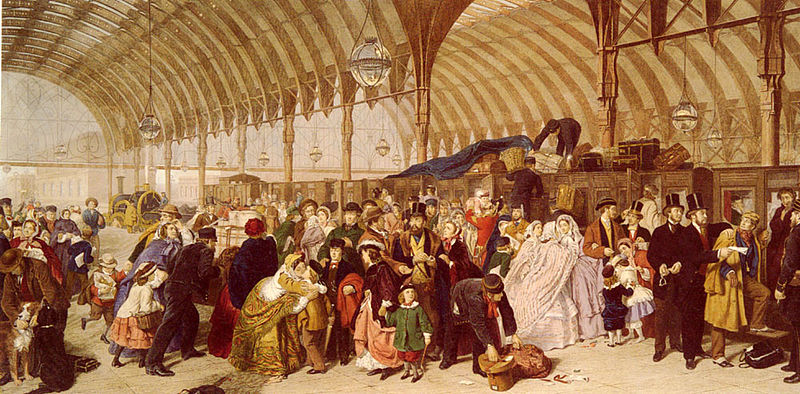During World War II, British thespian Maurice Evans toured the Central Pacific with a stripped-down version of Hamlet in which all the male actors were G.I.s. He cut down and sped up the text so that the play ran in 2 hours and 45 minutes, so that the men could return to their quarters on time.
“As I remember, on opening night, Hamlet seemed like a flop,” recalled one participant. “There was barely a murmur of response from the house and a fair amount of gloom backstage. We were later told that the audience had been reminded that this was not some cheap skin show but a classic, and that they were to show respect for Shakespeare and for Hamlet, who happened to be, by God, an officer in the United States Army. With this misunderstanding cleared up, future audiences were much more enthusiastic.”
In fact the “G.I. Hamlet” proved so successful that when the war was over Evans moved it to New York and then toured the country. He didn’t mean to be typed as a Shakespearean actor, he said; he just wanted audiences to enjoy the plays as “rattling good shows.”







